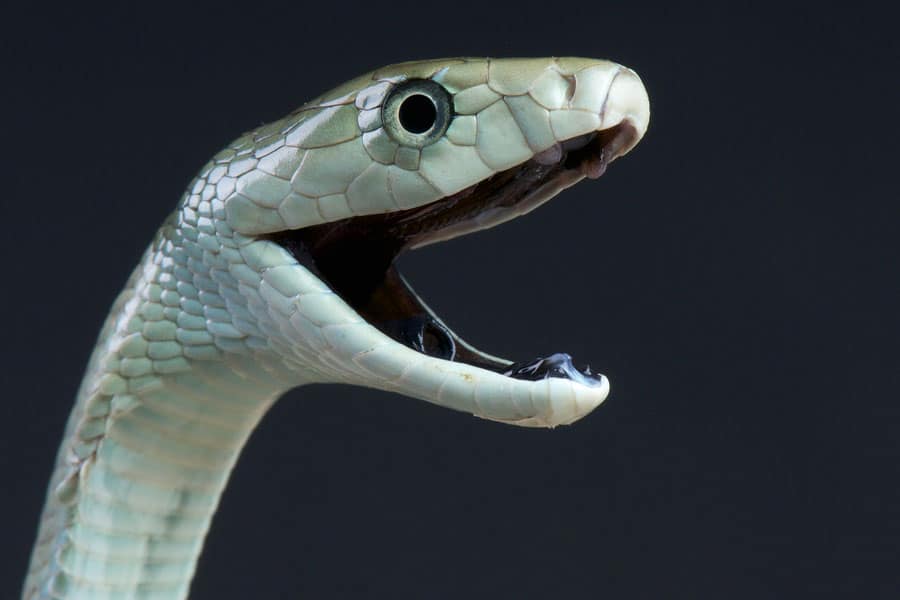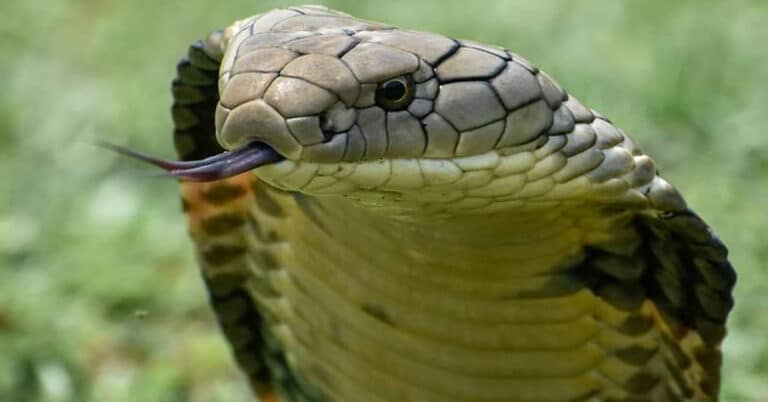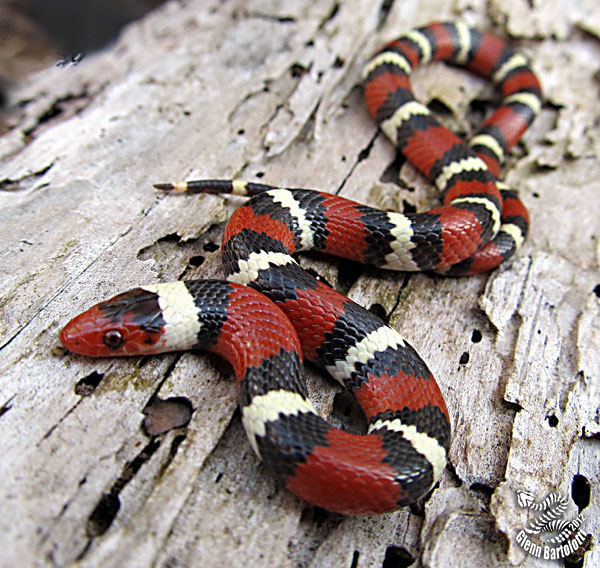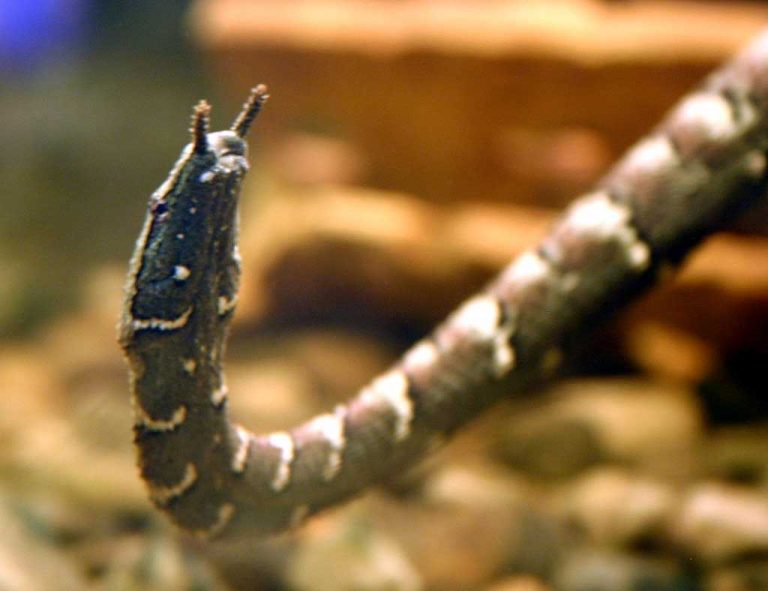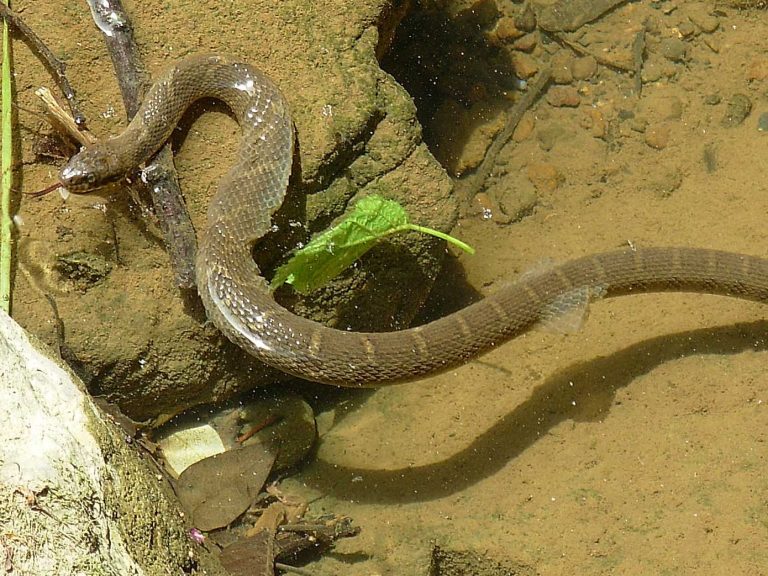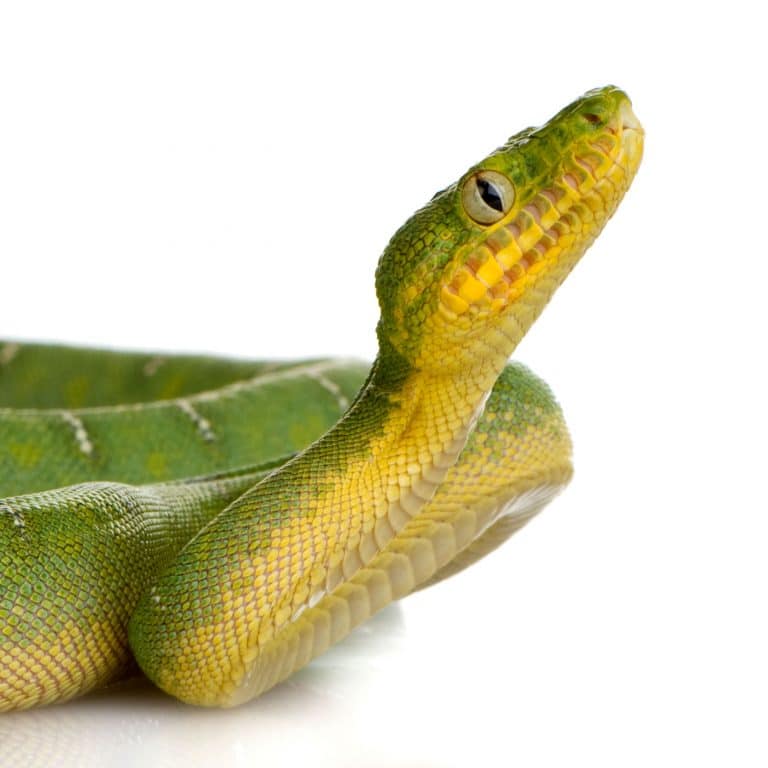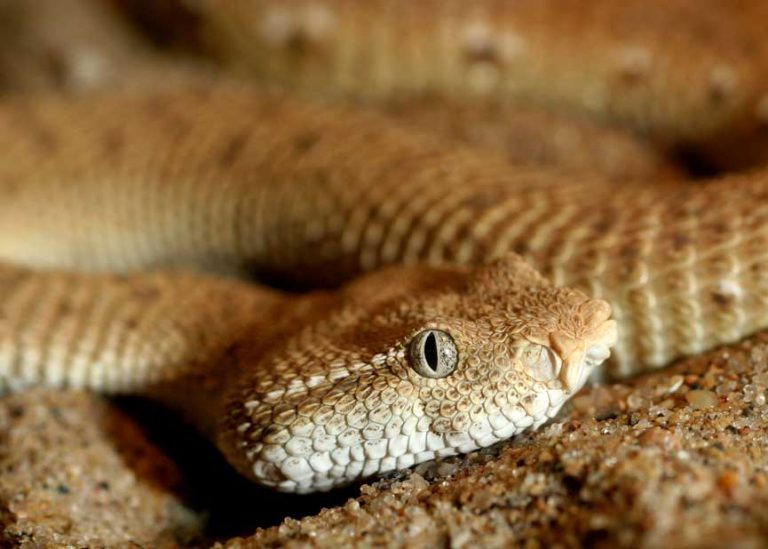World’s Deadliest Snakes
In the process of considering the series of the world’s deadliest snakes, the majority of people take into consideration only one aspect, ignoring other important aspects. This leads to an erroneous list or one that just twists and turns around a collection of facts. Most people prepare these lists based mainly on the degree of poison contained in the snake’s venom. Nevertheless, others arrive at their list of the Most deadliest snakes, based on the number of deaths caused due to snake bites in their own country where they did their studies and where they live.
While taking on the most important features, it is possible for you to have a better, more pertinent, and probably a better correlation of a list of the world’s deadliest snakes collected and arranged based on an International Danger Quotient Method. The quotient obtained is on the basis of six decisive factors. In each class, a maximum of five points is given,
- Average size of an adult snake of this species.
- Average venom yield in a bite.
- Toxicity of venom.
- Length of fangs.
- Typical defensive disposition
- The number of deaths per year from each species.
Some Snakes And Their Venom
| Name | Average | Venom Yield | Venom Toxicity | Fang Length | Attitude |
| Black Mamba | 4 | 3 | 3 | 2 | 5 |
| Bush Master | 4 | 4 | 3 | 4 | 2 |
| Forest Cobra | 4 | 3 | 3 | 2 | 3 |
| Gaboon Viper | 3 | 4 | 3 | 5 | 2 |
| Eastern Diamond | 3 | 4 | 2 | 4 | 3 |
| Death Adder | 1 | 2 | 4 | 2 | 3 |
| Puff Adder | 3 | 4 | 3 | 4 | 4 |
| Inland Taipan | 3 | 2 | 5 | 2 | 2 |
| Papuan Taipan | 4 | 3 | 5 | 3 | 5 |
| Barba Amarilla | 4 | 4 | 2 | 4 | 5 |
| Coastal Taipan | 4 | 3 | 5 | 3 | 5 |
| Russell’s Viper | 3 | 3 | 3 | 3 | 4 |
| King Cobra | 5 | 5 | 3 | 3 | 3 |
The World’s Most Poisonous Snakes
The Inland Taipan
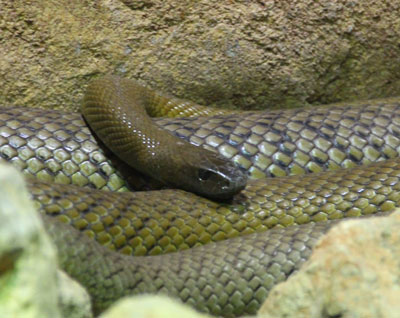
The inland Taipan (Oxyuranus Mmicrolepidotur), generally called the Western Taipan, the fierce snake or the small-scaled snake is a Deadly snake that belongs to the Ttaipan (Oxyuranus) genus and lives partially in the dry regions of Central East Australia. The primitive Australians residing there gave the snake the name Dandarabilla.
The Inland Taipan is regarded as the world’s most poisonous land snake; measured by its deadly mean doze of venom. The experts claim that every drop of its venom is the most poisonous among all snakes- far greater than even sea snakes. They consider it as the most poisonous venom that any reptile has. The Inland Taipan is a specialist hunter of mammals; hence its venom is particularly suited for killing warm-blooded species. A single bite contains sufficient deadly poison to kill a minimum of 100 well developed men and, according to the type of bite, a person can die in 30 to 45 minutes, if not treated quickly. It is a very steady and quick moving snake, It is capable of instantly striking with perfect accuracy at short intervals, striking several times in the same wound. Also, it deposits venom in most of the bites.
Even though extremely poisonous and an efficient striker, in contrast to the quickly offensive natured Coastal Taipan, the Inland Taipan is normally timid snake living in seclusion, not easily ill tempered, and chooses to evade trouble, but if you provoke it, hinder it from escaping, or if you mishandle it, it will strike you in self-protection. Besides, since it dwells in remote areas, the Inland Taipan rarely appears in public, for which reason, the experts do not regard it as the most deadly snake in the world, particularly when considering the yearly deaths of human beings due to this snake’s bite. The word ‘fierce’ which is its other name, refers to the venom rather than its temperament. These Inland Taipan prefers to live in the black soil plains of the partially dry regions of the converging point of the South Australian and Queensland borders. Similar to the Australian snakes, the Inland Taipan enjoys legal protection.. You can find the Inland Taipan in three zoos, the Adelaide zoo, the Moscow zoo in Russia and Sydney Taronga zoo in Australia.
The color of the Inland Taipan is dark tan, varying from a bright dark tint to a brown faded-green; it changes according to the season. Its tail, sides and back have various tints of gray and brown. The scales on them are wide with black edges. These dark shaded scales align backward in diagonal rows in such a way that the marking establish interrupted chevron shaped markings of different lengths.. The lateral scales at the bottom have a regular yellow colored edge in the front portion. The scales on the back are even and without keel. The neck and head are round like a snout which is conspicuously darker when compared to the body (dark brown in summer and glossy black in winter). The deeper color enables the snake to expose a small part of its body at the entrance of the burrow to warm itself up. It has standard eyes with brownish black iris there is a prominent colored rim surrounding the pupil.
On the mid-portion of the back it has 55-70 divisions of sub caudal scales and one anal scale arranged in 23 rows. The standard length of an Inland Taipan is 1.8m (5.9 ft), however bigger specimens attain a length of 2.5 m (8.2 ft). The length of its fangs varies from 3.5 – 6.2 mm (this is shorter when compared to the fangs of the Coastal Taipan)
Food
The diet of an Inland Taipan often consists of rodents, like the plains rat (Pseudomys Australis), long-haired rat (Rattus Villosissimus), other birds and Dasyridae (an Australian family of marsupials) and the introduced house mouse (Mus Musculus). Quite different from the other poisonous snakes that strike only once accurately in a bite and then retard watching the prey to breathe its last, the fierce snake makes subdues its prey by giving it a number of quick precise strikes. They give as much as eight poisonous bites in one attack, very often spontaneously opening and closing its jaws fiercely many times to give the prey numerous punctures in one assault. It adopts a strategy of assault by gripping the prey with its body and constantly biting. In this way, it injects the highly poisonous venom very deep in the prey. The venom is quick acting, giving the prey little or no time to retaliate.
Breeding
The Inland Taipan lays a clutch 1 – 2 dozen eggs. They hatch out after two months. They normally lay the eggs in deep crevices and burrows abandoned by other animals.
Lifespan in Captivity
When in captivity the snake survives for 10 – 15 years. There are instances when an Inland Taipan In the Australia Zoo survived for more than 20 years. This snake safeguards itself and will strike only if annoyed. First, it displays a threatening mode by lifting up its front body and curving in the shape of an ‘S,’ looking at its enemy. In case the enemy ignores the warning given by the Inland Taipan, only then will it strike.
The Sea Snake
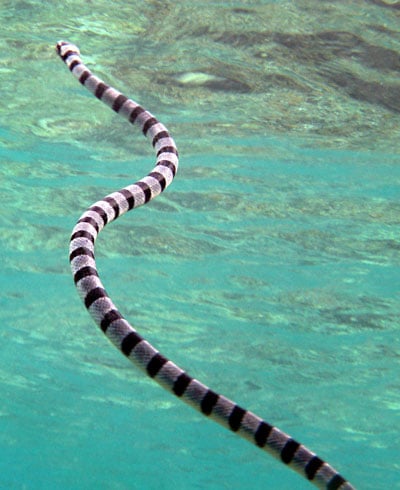
The Hydrophiinae otherwise called Sea snakes or Coral reef snakes, are a subordinate family of venomous Elapid snakes. Mostly or throughout their life they inhabit water bodies.
They live in the Pacific to the Indian Ocean where the coastal waters are warm.
Their tails resemble paddles and most of their bodies are flattened sideways, giving them an appearance of an eel.
The temperament of some of these snakes is calm, they bite only when provoked, but many are very violent. The length of most of the developed Hydrophinae varies in size between 120- 150 cm (3.9 – 4.9 ft); the length of the biggest Hydrophis Spiralis is around 3 m (9.8 ft). Similar to their relatives of the Elapidae group, most of the Hydrophinae varieties are very poisonous. Even then when it bites, albeit rarely, the quantity of venom injected is huge. For instance the venom of the Pelamis Platurus is more poisonous than any species of land snakes. Even though there a plenty of them in the waters of the western coast records of fatality to human beings is very low. However, it is important to handle all the sea snakes with great respect.
The Most Deadly Snakes in The World
The approximate snake bite incidences all over the world every year is 1 to 2 million. This number includes bites by the varieties that are not poisonous. Among them approximately 50,000 to 100,000 bites lead to casualty.
The Killer Of The Most People
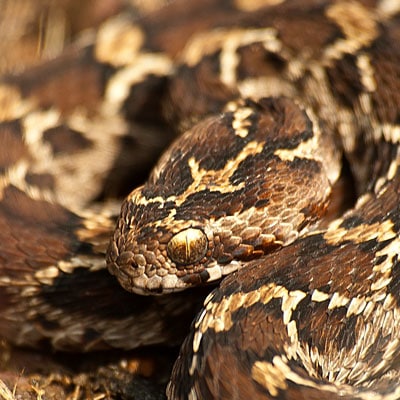
The saw-scaled viper, is perhaps the most lethal among the snakes, because scientists attribute many of the human deaths this snake’s bite when compared with that of the other snakes. Below 10 percent of the untreated victims bitten by this snake die of poison infliction. This is an aggressive snake and bites early and frequently.
The Black Mamba
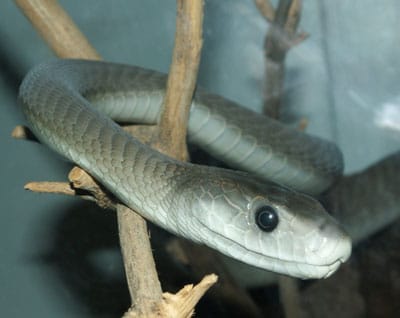
Even though the black mamba does not have a record of many bites, the mortality from this snake’s bite is the highest all over the world and in Africa. The black mamba is mainly one of the deadliest snakes and one among the most violent all over the world. It is the lengthiest venomous snake seen on the African continent, capable of moving at speeds of of about 11 kilometers per hour (6.8 mph), causing extraordinary danger. Even though the snake bites caused by black mamba are only 0.5% in South Africa, the mortality rate caused by them are the highest. Besides, they account for more deaths on account of snake bites. In every Nation where you find a Black Mamba, the maximum fatality in snake bites occurs from this snake’s bite. In spite of the fact that they are not responsible for many snake bites, most of the fatalities from snake bites occurs from the Black Mamba bite. The deaths that occur all over the world is when the black mamba feels threatened, it strikes several times injecting its highly dangerous Neuro-and Cardiotoxin with every strike, repeatedly aiming at the head or the body, a feature that is different from many other snakes. It is capable of making up to 12 strikes in a row. If a black mamba does bite just once, it injects enough venom to kill as many as 10 to 15 men.
Russel Viper
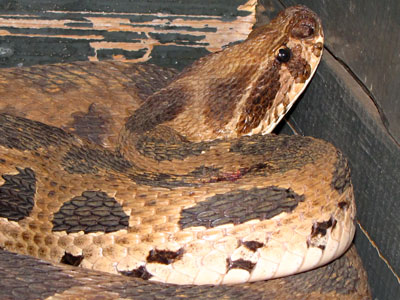
You can see the D. Russelli all over the sub-continents of India in Asia, a great portion of southern China, south east Asia and Taiwan. This snake, on account of its very short-tempered character, accounts for higher death rates compared to the other snakes. In most regions that you see this snake, it is responsible for many bites and fatalities. It is one among India’s major four poisonous snakes, which put together account for almost all deaths due to snake bites in India.
Its normal length is about 120 cm (4 ft) on the mainland and the maximum length is 166 cm (5.5 ft). Even though their population in Islands does not grow up to this size, the quantity of venom produced by every individual variety is very large. Statistics show the yield of venom for an adult as 130 – 250 mg to 150 – 25 mg to 21-268 mg.
The Egyptian Cobra
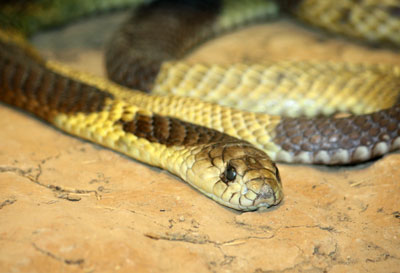
The Egyptian Cobra is very popular in Africa and it accounts for most deaths in that region. It dwells in partially desert regions and in damp to dry savannas with a minimum requirement of vegetation and water (not in a totally desert region). The normal length of an adult cobra is 5’ to 6.75’ (1.5 – 2 m), few grow up to 8’. This snake feeds on lizards, small mammals, toads and many other snakes that include the highly venomous puff adder. The normal quantity of venom in a single bite is 175 – 200 mg. When compared to the Cape Cobra, the Philippine Cobra (Naja Philippinensis) the Egyptian Cobra stands third in its toxicity of its venom. The Egyptian is much bigger, inflicts more venom in one bite and is more violent. People consider it more fatal than the Cape Cobra or North Philippine Cobra. It possesses neurotoxic venom that harms the nervous system, preventing the transmission of the nerve signals to the muscles and at that stage hindering those transmitted to the lungs and heart, leading to death caused by the total failure of respiration.
The Mozambique Spitting Cobra
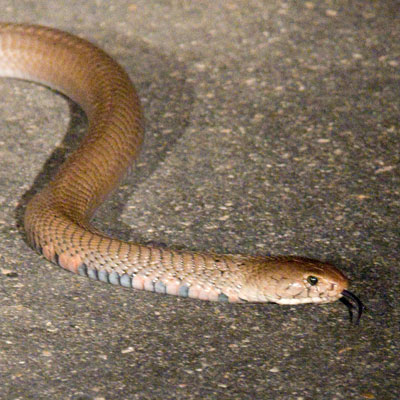
Naja Mozambica is a variety of cobra belonging to Africa. The color of this snake is olive gray to slate, tawny brownish or olive on top, with all or few scales having black border. At the bottom, it is purple yellowish to salmon pink with black stripes transversely on the ventral and neck, sometimes with a border that is colored black or brown. Small snakes, at times, have yellow or pink color stripes on the throat.
Many regard the Mozambique spitting cobra, as Africa’s most venomous snake, second only to the Black Mamba. It is highly strung and panicky snake. When threatened in a close range, this snake raises its body to two thirds of its length; it stretches its narrow and long hood and spontaneously ‘spits’ in defense, in the raised pose. In this manner it is capable of delivering its venom to a distance of 2 – 3 meters (5 ½ to 8 ½ ft), with perfect accuracy.
Different Opinions About Which Snake Causes The Most Human Deaths
The King Cobra
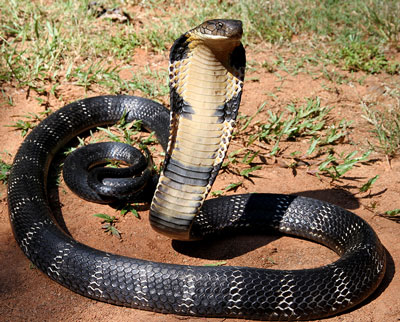
The King Cobra of India is the snake that causes most of human deaths each year. This is because primarily, its venom is neurotoxic that injures nerves, secondly the majority of Indians move about bare footed. These two reasons put together run into generating several fatal encounters with this superb snake. The King Cobra is well-known as the most intelligent among all snakes. They study very fast and they are extremely fatal as well.
The Indian Cobra
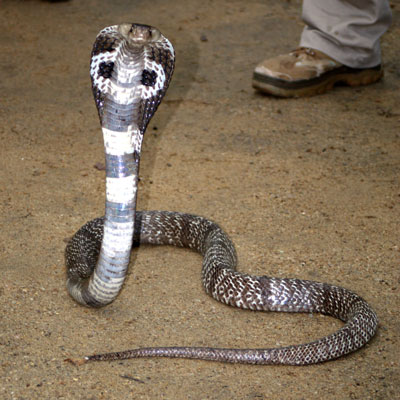
Indian Cobra is the snake that is responsible for the numerous casualties every year. Frequently they dwell in areas nearby human habitats. Besides, in rural area anti venom is beyond reach. Even though this snake is not very big or a highly venomous snake, it bites and kills human beings most frequently.
The Saw Scaled Viper
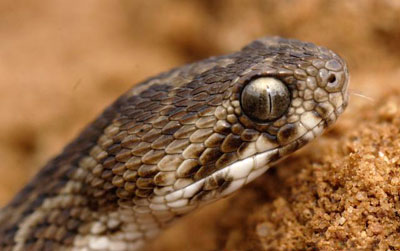
The saw-scaled viper (Echis Carinatus) is perhaps the deadliest snakes among all, this is because scientists have the notion that it accounts for more deaths if human beings when compared to all the other varieties of snakes put together. 10% of the victims who are not treated is affected by this deadly venom. This violent snake bites frequently and quickly.

Having discovered a fondness for insects while pursuing her degree in Biology, Randi Jones was quite bugged to know that people usually dismissed these little creatures as “creepy-crawlies”.

